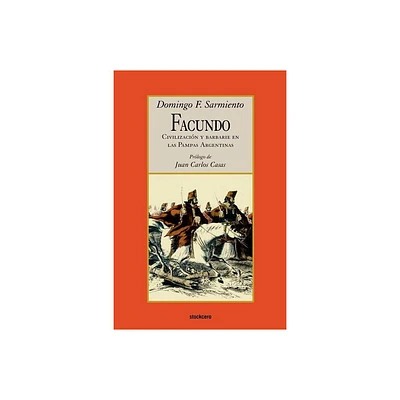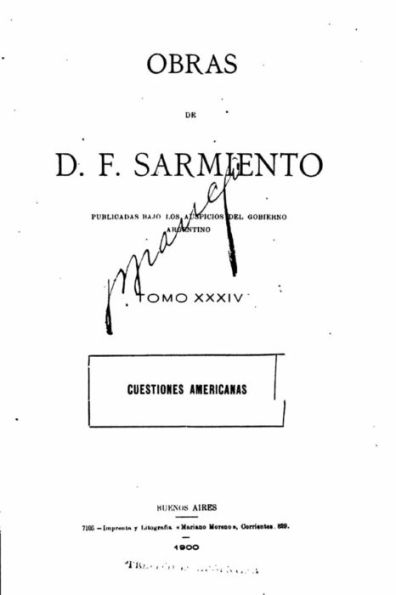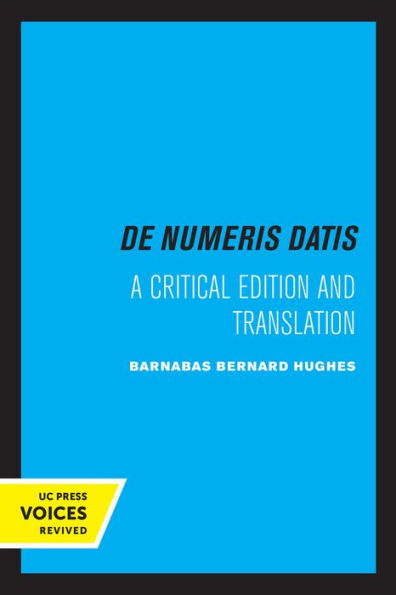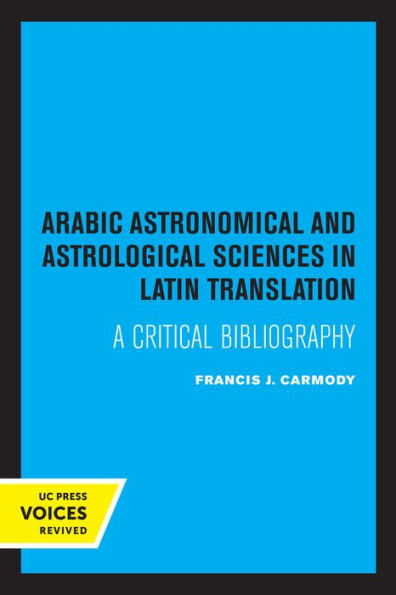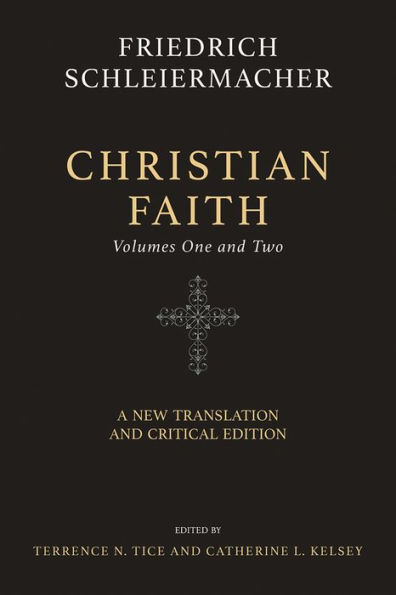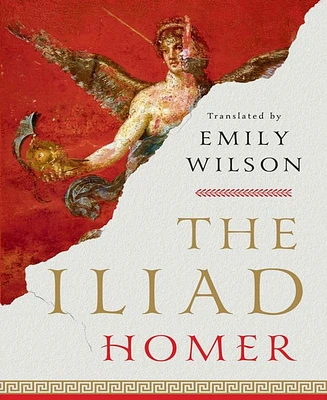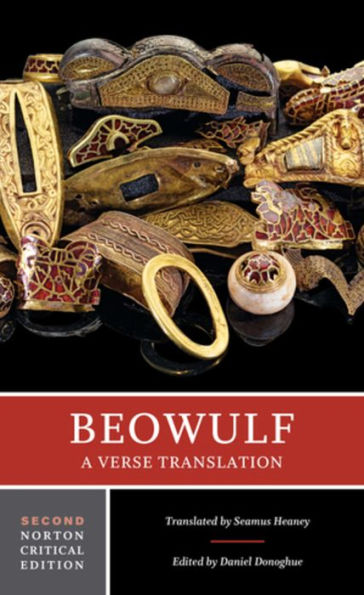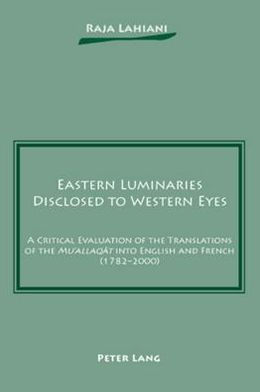Home
Domingo F. Sarmiento's Argir�polis: A Critical Translation
Loading Inventory...
Barnes and Noble
Domingo F. Sarmiento's Argir�polis: A Critical Translation
Current price: $54.99
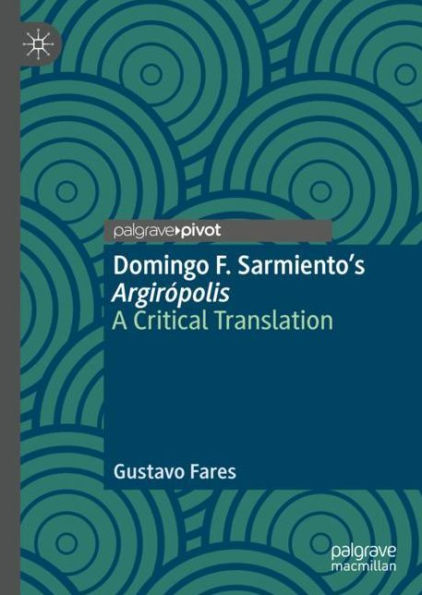

Barnes and Noble
Domingo F. Sarmiento's Argir�polis: A Critical Translation
Current price: $54.99
Loading Inventory...
Size: Hardcover
*Product Information may vary - to confirm product availability, pricing, and additional information please contact Barnes and Noble
This book provides the first English translation of
Argirópolis
(1850) by the Argentine Domingo F. Sarmiento, one of the most important political and cultural figures of nineteenth-century Latin America.
proposes the union of Argentina, Paraguay, and Uruguay into the United States of South America or the United States of the Río de la Plata, with a capital on Martín García island. It anticipates some aspects of the continent’s future, such as the formation of Mercosur (the Southern Common Market) in 1991.
explores politics, modernity, and nation formation, making Sarmiento’s treatise one of Argentina and Latin America’s most relevant programmatic texts. Presented alongside a critical introduction that situates the essay in its historical and political contexts, this translation allows English-speaking readers to explore nineteenth-century Latin American perspectives on concepts such as the nation-state, sovereignty, progress, space, and modernity.
Argirópolis
(1850) by the Argentine Domingo F. Sarmiento, one of the most important political and cultural figures of nineteenth-century Latin America.
proposes the union of Argentina, Paraguay, and Uruguay into the United States of South America or the United States of the Río de la Plata, with a capital on Martín García island. It anticipates some aspects of the continent’s future, such as the formation of Mercosur (the Southern Common Market) in 1991.
explores politics, modernity, and nation formation, making Sarmiento’s treatise one of Argentina and Latin America’s most relevant programmatic texts. Presented alongside a critical introduction that situates the essay in its historical and political contexts, this translation allows English-speaking readers to explore nineteenth-century Latin American perspectives on concepts such as the nation-state, sovereignty, progress, space, and modernity.
